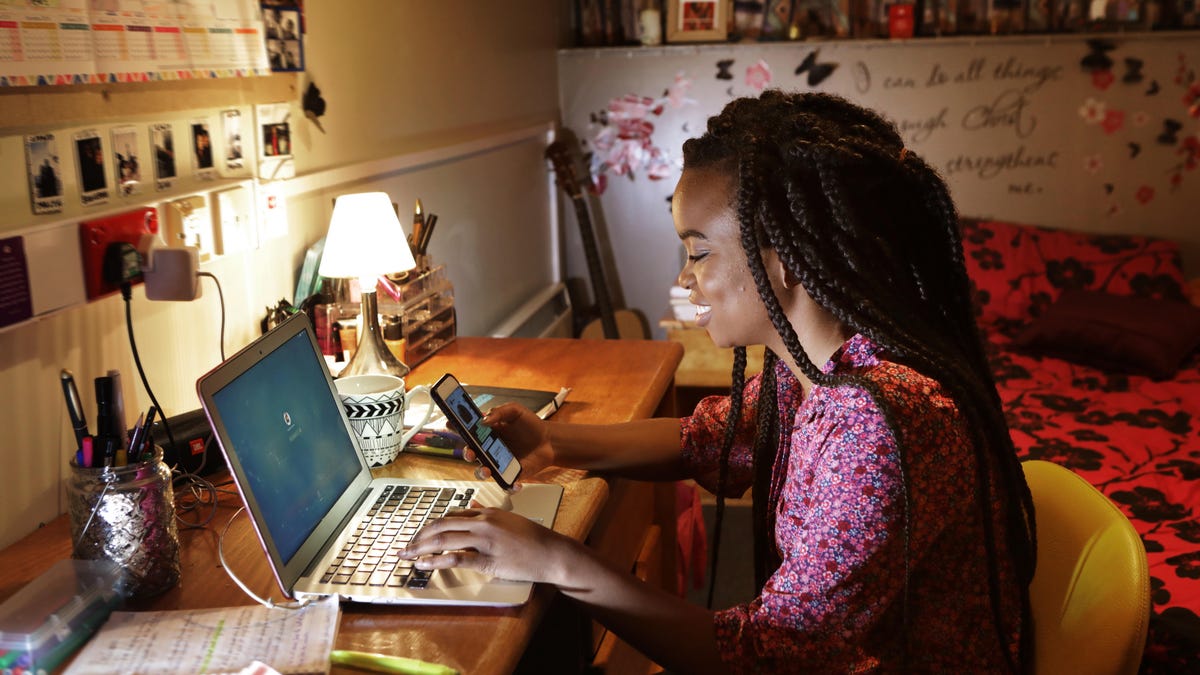Teachers Turn to AI to Craft Engaging Assignments

Key Points
- College professors use ChatGPT to brainstorm and refine assignment ideas.
- Initial AI suggestions can resemble traditional, less engaging formats like a 500-word essay.
- Refined prompts lead to collaborative, media‑literacy projects involving platforms such as TikTok.
- The AI‑generated framework includes clear submission requirements and grading criteria.
- Teachers find the new assignments more enjoyable to grade and more engaging for students.
College professors are leveraging AI tools such as ChatGPT to design assignments that capture student interest while easing the grading burden. By prompting the model to brainstorm and refine ideas, educators create collaborative, media‑focused projects—like a media‑literacy assignment that encourages students to analyze TikTok and other digital content. The AI‑generated frameworks provide clear objectives, submission requirements, and grading criteria, helping teachers balance curricular standards with assignments that feel fun and relevant to students.
AI Enters the Classroom as a Creative Partner
College professors seeking to spark student enthusiasm are turning to artificial intelligence, specifically the chatbot ChatGPT, to help design assignments that are both engaging for learners and manageable for instructors. The process begins with the professor using the AI to brainstorm assignment ideas, allowing a back‑and‑forth dialogue that refines concepts into workable plans.
Addressing the Challenge of Boring Assignments
Traditional assignments, such as a lengthy essay on media literacy, often feel tedious to both students and the educators who must grade them. One professor noted that an initial AI‑generated assignment resembled a “500-word essay on media literacy,” which lacked the excitement needed to motivate students. Recognizing this shortfall, the educator adjusted the AI prompt to emphasize collaboration, real‑world interaction, and reduced emphasis on written analysis that would only be seen by the teacher.
Designing a Media‑Literacy Project
The refined AI output produced a multi‑layered assignment centered on media literacy—a skill set that enables students to critically evaluate digital content from platforms like TikTok. The project encourages students to actively engage with media, analyze its impact on communities, and document their findings with links and screenshots. By incorporating these elements, the assignment becomes a hands‑on experience rather than a static essay.
Benefits for Grading and Student Collaboration
Beyond fostering student interest, the AI‑crafted framework supplies clear submission requirements and grading criteria, which can streamline the evaluation process. The professor highlighted that the new design would be “a darn sight more enjoyable to grade” compared with evaluating numerous traditional essays. Additionally, the assignment’s collaborative nature—potentially involving video discussions among peers—offers a dynamic learning environment that aligns with the professor’s goal of creating assignments that are both fun to complete and satisfying to assess.
Implications for the Future of Teaching
This example illustrates how AI can serve as a catalyst for innovative curriculum development, helping educators balance institutional standards with assignments that resonate with today’s digitally immersed students. By leveraging AI’s ability to generate and iterate on ideas, teachers can craft assignments that not only meet learning objectives but also inspire curiosity and active participation.